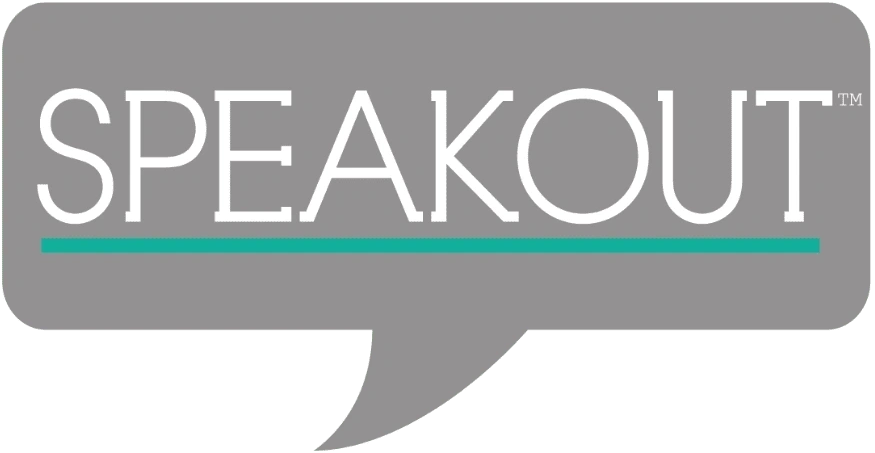Use Storytelling to Elevate Your Next Presentation or Speech
When you want to connect with your team, an online audience or prospective clients watching your video or reading your blog, I recommend that you gather at least one or two relevant anecdotes or stories to share.
Why do the right stories capture interest? Most of us grew up listening to bedtime stories and episodes from the Bible or other text in our religious studies. My all-time favorite story as a little girl was Peter Pan and especially his learning to fly, something I always wanted to do. I loved his singing and push against grammar, too. “I’ll never grow up! Not me! Not I! So there!”
What I am recommending is that you put together a way of describing what happened to a real person – and it could be you – in a brief, step-by-step, engaging way. You’ll want a clear takeaway at the end for your listeners. What did the episode mean to the person you are talking about – or to you?
As adults, we’ve been conditioned to subconsciously settle down when we get clues that a good story is about to be told to us. Here are some guidelines to help you tell yours more successfully:
- Don’t tell me you’re going to tell me a story. Just dive in.
- Start with a bit of a cliffhanger, that is, a strong, enticing opening to get me interested.
- Point out the conflict, danger, or issue that the “hero” or “heroine” of your story is facing. Or you, if it’s your own anecdote.
- Bring in potential disruptors or influences that could keep the outcome from being positive.
- Describe what they did right to get things on track – or wrong -and the consequences.
- Bring the story to a close-by revealing what the hero/heroine or you – achieved. Remember, that’s the point of the story.
Telling a brief, pertinent story is one of the best ways you can open a virtual meeting or presentation – and renew interest by sharing one or more later in your remarks. Practicing aloud to work out the kinks and to add vocal variety is key to producing the impact you want. Have fun!
